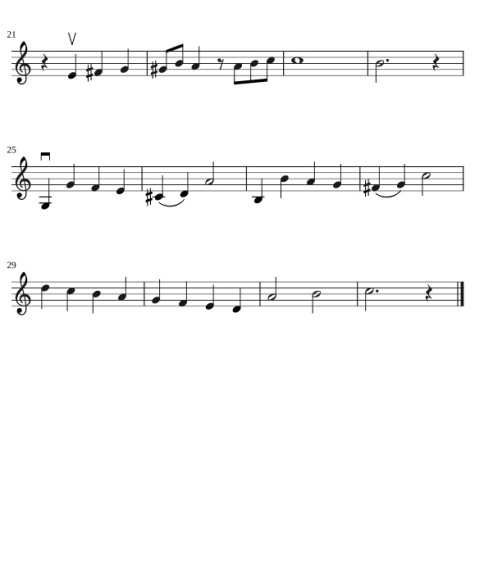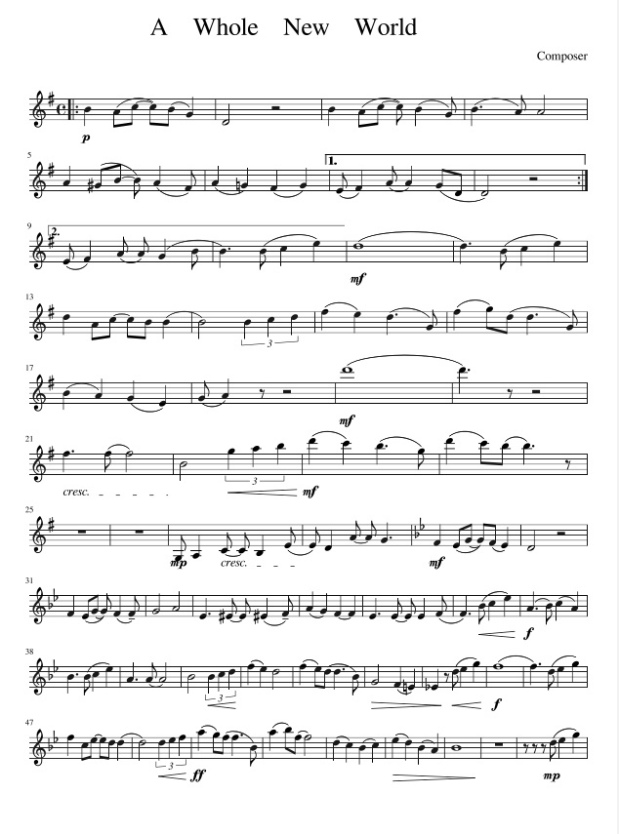

Image by Pachelbel via Violin Online
Since I had a little more time on my hands this week and last week, I decided to spend some time practicing “Canon in D”. I’ve decided to skip the optional part that was suggested at the bottom of the piece to make it easier to learn the piece. I am a bit worried that I will not be able to play measures 21 – 28 quickly without messing up the video. I think that I might have to just play that part a little slower than what is written and try to play the notes with correct intonation. As a result, I spent most of this week repeatedly playing measures 21 – 28 and increasing the tempo each time I play. I also need to be careful about the C naturals in measures 40 and 42 because it can be hard to play those notes in tune when every other C note in the piece is sharp.
This week, I am learning that although the notes in measures 21 – 28 are easy to play, combined with the fast tempo, they prove to actually be quite difficult to play. Usually when I practice that section, I will play each note as a quarter note and then slowly transition into eighth notes. Since that section is the most recognizable part of the song, I need to make sure that I can play it to the best of my ability. For myself, I am learning that I tend to make my bow strokes too long, which makes it difficult to transition between notes at a faster tempo. I think I use longer bow strokes to try to increase the loudness of my playing, so I need to somehow learn to play louder using smaller bow strokes.
Next week, my goal is to be able to play measures 21 – 28 at the suggested tempo. I will also play through the piece with a tuner to see which parts are still lacking appropriate intonation.










